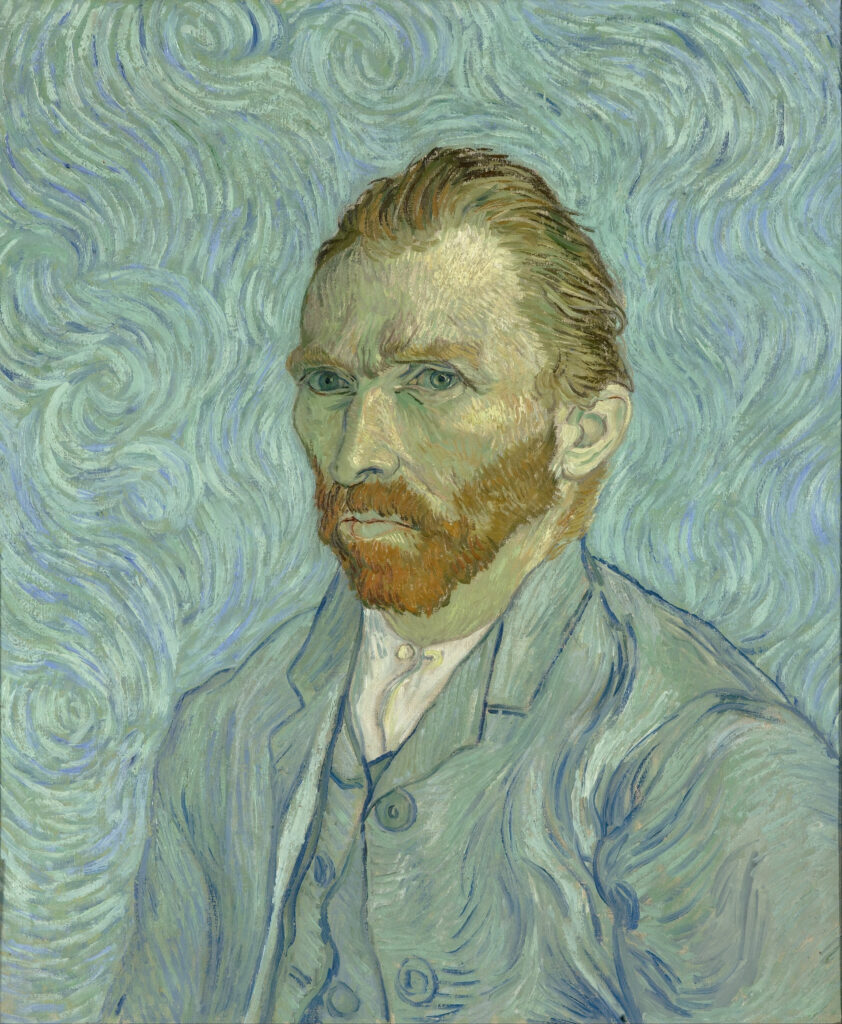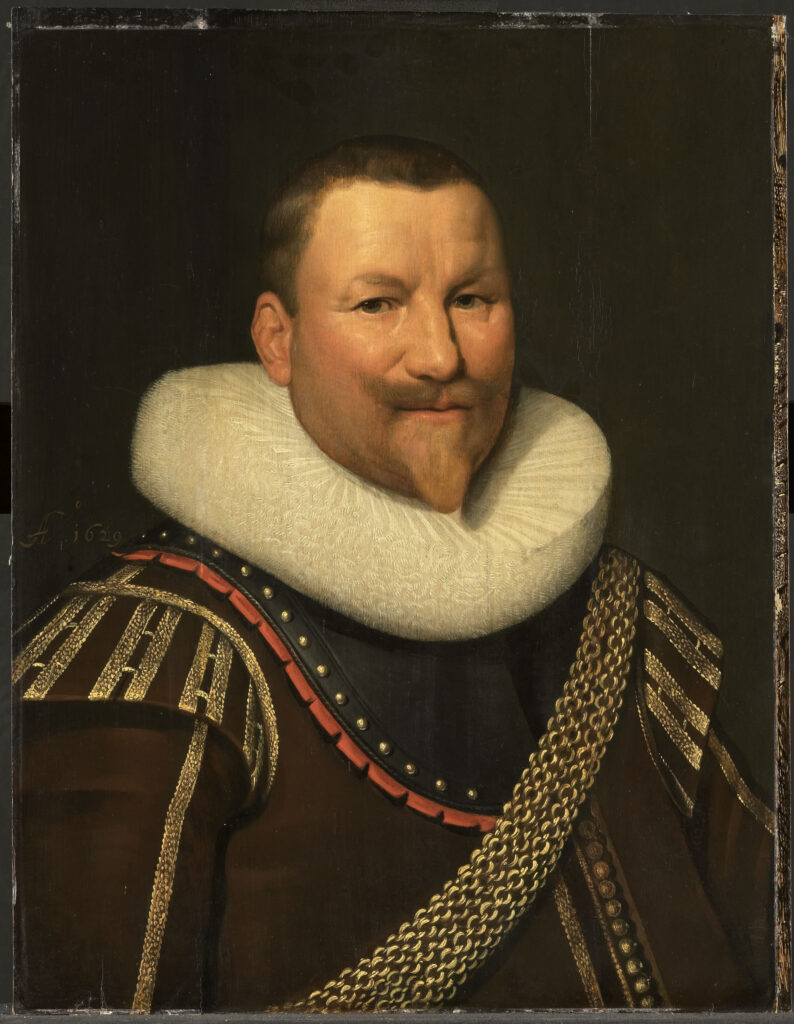The context of Vincent van Gogh’s life
Vincent van Gogh was born in 1853 in the Netherlands. From a very young age, he was passionate about art and began drawing and painting, although he only found recognition at the very end of his life. Before becoming a painter, Van Gogh held several jobs: preacher in a mining region, art dealer, and then teacher. His artistic journey began seriously in 1880, when he started to study painting intensively and to develop a unique and very personal style.
Over the years, Van Gogh struggled with mental health issues, severe depression, and difficult family relationships. He lived an increasingly solitary and troubled life, marked by episodes of delirium and anxiety.
The ear incident: An act of madness or despair?
The episode in which Van Gogh cut off his ear took place during a particularly severe mental crisis. It happened in December 1888, while he was living in Arles, in the south of France, and sharing a complex relationship with the artist Paul Gauguin, with whom he shared a studio. Their friendship, initially amicable, became increasingly tense. Their artistic and personal disagreements reached a climax at the end of 1888, when Gauguin decided to leave Arles after a violent argument with Van Gogh.
During this dispute, Vincent reportedly had a fit of madness, after which he cut off his left ear with a razor. According to some versions, he then gave the severed ear to a prostitute named Rachel, whom he was seeing at the time. This act of self-inflicted violence was one of the most dramatic moments of Van Gogh’s life and has since fueled endless speculation.
Theories behind Van Gogh’s act
A passing fit of madness
The most common explanation for this act is that it was a mental breakdown linked to Van Gogh’s depression and psychological instability. At the time, the artist was suffering from severe psychotic disorders. He had a history of paranoid delusions and hallucinations, worsened by periods of sleep deprivation, loneliness, and excessive consumption of alcohol and tea.
It is also possible that this act of self-harm was an attempt to release intense psychological tension or a way to express emotional pain he could not articulate otherwise. His letters and the accounts of those around him reveal that he felt increasingly isolated, both socially and artistically.
A symbolic gesture tied to his artistic vision
Another theory suggests that cutting off his ear was a symbolic act of renewal or artistic transformation. Van Gogh lived in a state of intense inner conflict between his vision of art and the reality of his situation. He often sought expression through extreme acts, both in his paintings, such as The Starry Night, and in his personal actions. This gesture could therefore have been an attempt to reveal his creative despair and deep suffering.
A violent relationship with Gauguin
Van Gogh’s relationship with Paul Gauguin is often considered catalytic in this drama. Gauguin was both an important painter and a mentor to Van Gogh, but also a difficult character. The tensions between the two artists were fueled by differences not only in their approach to art but also in their way of life. Their relationship deteriorated to the point of physical confrontation, which may have triggered Van Gogh’s mental breakdown and his extreme act.
A personal trauma linked to love and abandonment
Another hypothesis is that Van Gogh’s act could have been connected to feelings of abandonment in his personal relationships. Throughout his life, he had been disappointed and rejected by several women, which may have contributed to his state of deep despair. This sense of loneliness may have played a major role in the crisis that led to the ear incident.
Life after the incident: The decline of his mental health
After the ear incident, Van Gogh was admitted to an asylum in Saint-Rémy-de-Provence, where he continued to paint while battling his mental illness. It was there that he created some of his most famous works, such as The Starry Night. Despite treatment, his mental health deteriorated further, and in 1890, at the age of 37, he died from a gunshot wound to the chest, long believed to have been self-inflicted, though the exact circumstances of his death remain debated.
Van Gogh’s legacy: A misunderstood genius
The ear incident, though extreme, does not define Van Gogh’s life. In fact, many scholars and admirers now view this act of despair as a symbol of the suffering and isolation that marked his existence. Van Gogh never knew fame during his lifetime, but today he is celebrated as one of the most influential artists in art history.
His works are exhibited in museums around the world, and his creative suffering, though tragic, gave rise to paintings of extraordinary emotional intensity and great beauty. The question of why he cut off his ear remains a mystery, but this act has become part of the history of his tormented genius, continuing to fascinate art lovers and researchers alike.
Vincent van Gogh remains a symbolic figure in art history, whose tragic life and profound works still resonate strongly in our time.

